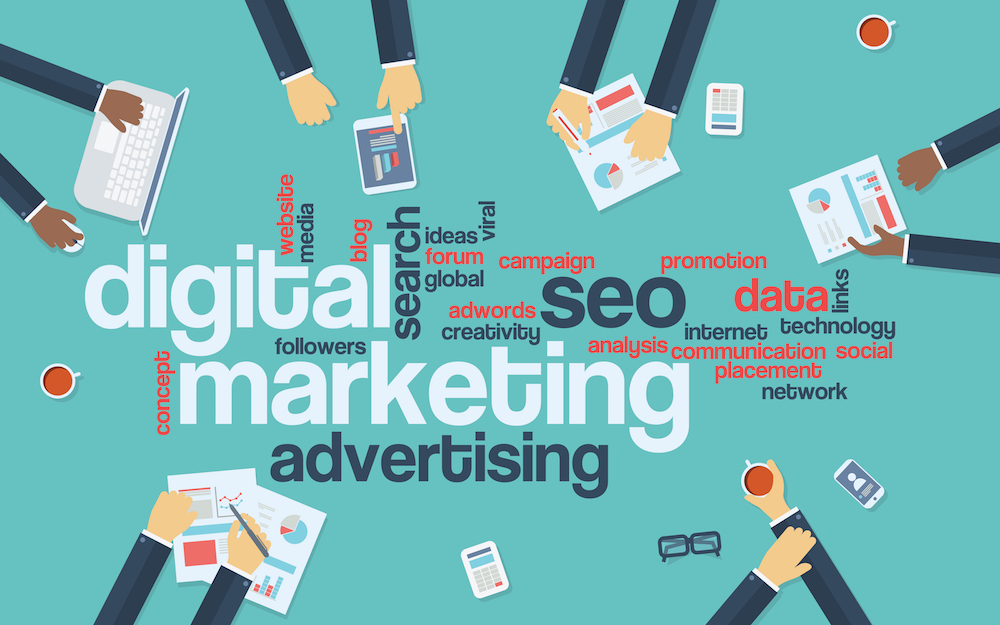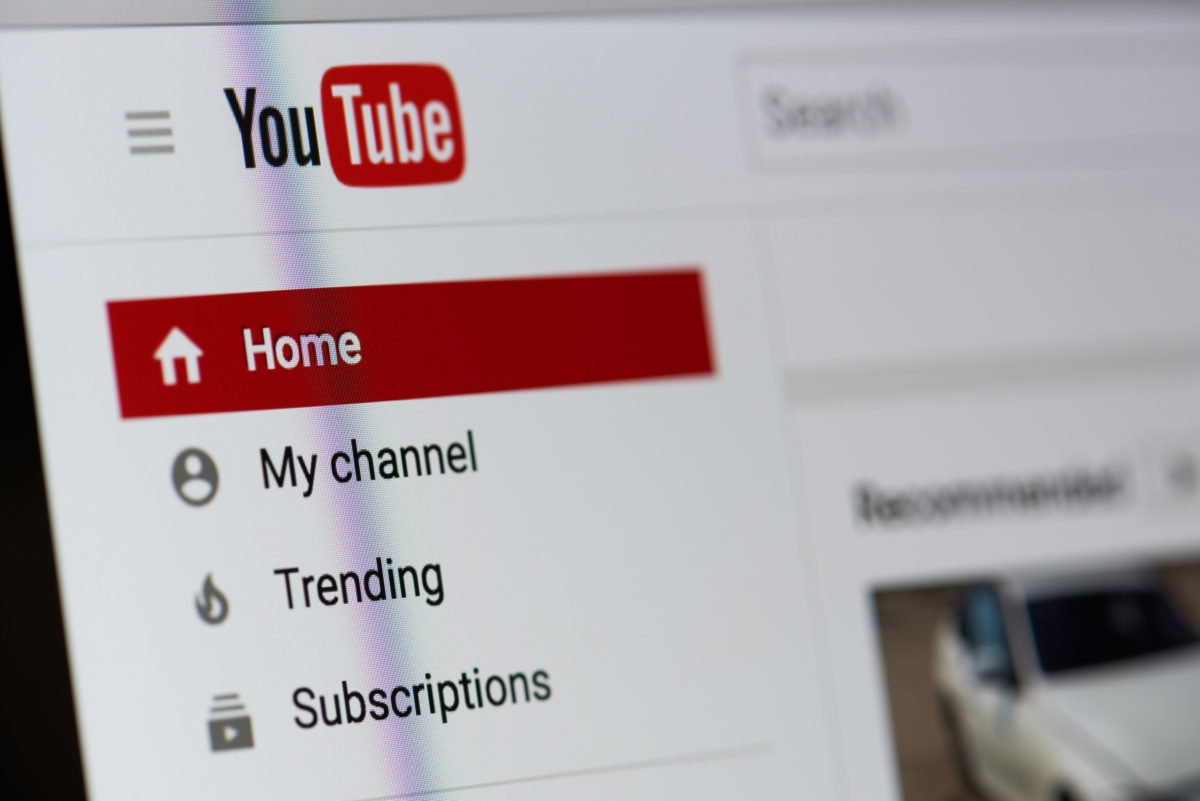According to a new report by Times Internet, content is now king in India as the marketing strategy surged in popularity last year and replaced social media as the most popular format.
The new study, titled The State of Indian Digital Marketing – a CMO Perspective 2017-18, takes a closer look at marketing investment trends and strategies in several sectors, including pharmaceuticals, automotive and real estate. The study authors polled 150 brand marketers working for companies in these sectors, and the results indicate that many have pivoted strongly towards content during the last 12 months.
Social media marketing was the most widely used strategy in the previous study, but it has seen a significant 30% decline year-over-year as marketers look elsewhere for better results and return on investment (ROI). Many appear to have found that content marketing provides both better results and ROI, as it became increasingly popular during that time.
Six out of ten respondents said content has now displaced social media as the industry’s top strategy. While high-quality articles and videos are helping brands drive engagement, marketers still face challenges on several fronts to get the most from their activities.
Securing a large enough budget to support creative and other digital marketing endeavours is the biggest problem right now, closely following by measuring ROI effectively. Overall, the report shows that marketing campaigns and strategies are maturing and that brands are doing better at serving up the content that consumers want to watch and read.
“As we move forward at full throttle toward a more digitally inclined audience, marketers need to have a keen ear to the ground, to identify the trends and evolved mediums that their customers prefer,” Times Internet Limited CEO, Gautam Sinha, said: “Our report goes on to capture the finer nuances that have been shaping how this environment is changing.”
DMAasia worked with Times Internet to conduct the second edition of the annual report, and its CEO, Vatsal Asher, said the rise of content marketing promises “exciting times ahead” for brands as they look to drive growth and revenue and “enhance” the customer experience.
A separate study by Kantar Media has found that advertisers are doing a better job of posting content that resonates with audiences. Almost two-thirds of Americans believe that advertisers have improved in this area recently, while a quarter are confident that advertising is now evolving and becoming better.
While ads are finally providing value for end users, 72% of consumers still say they see the same ads too frequently, and more than half view content for products and services that they have already purchased. An additional 63% want more control over the ads they see when visiting web pages and watching videos.
However, targeted content appears to be working, as 40% now say they are seeing more relevant ads. This finding will boost marketers, who are increasingly eager to personalise and tailor content for different audiences. Finally, younger people aged 18 to 34 find that ads are more than appealing than other age groups.











